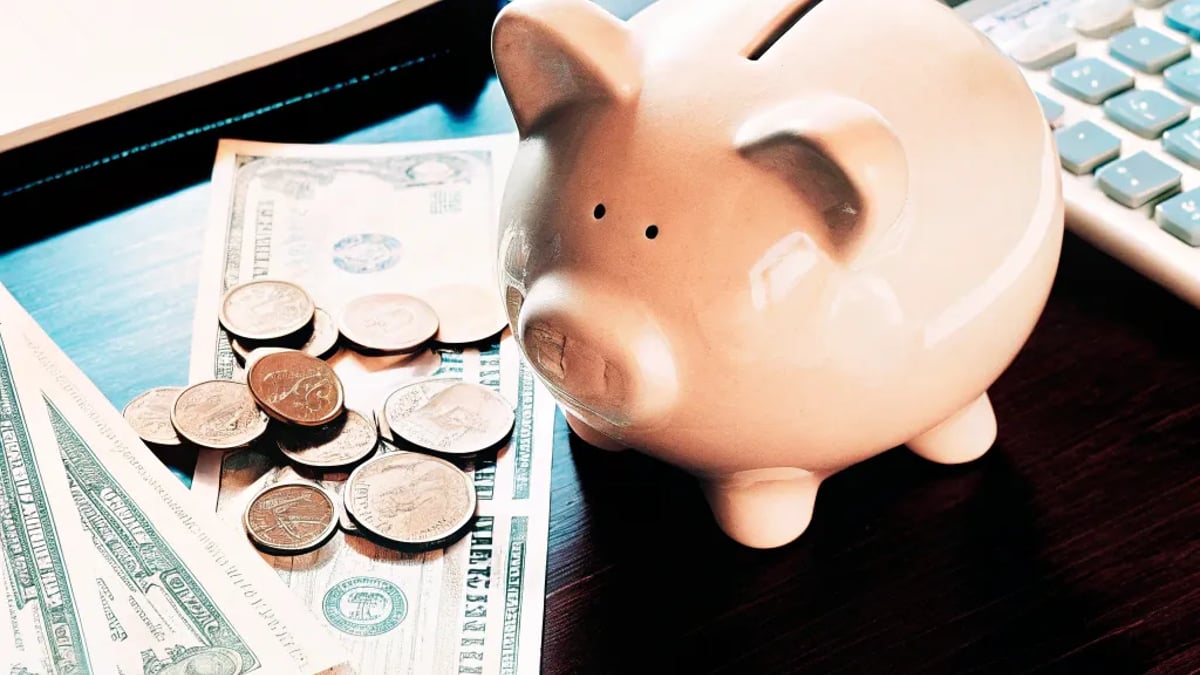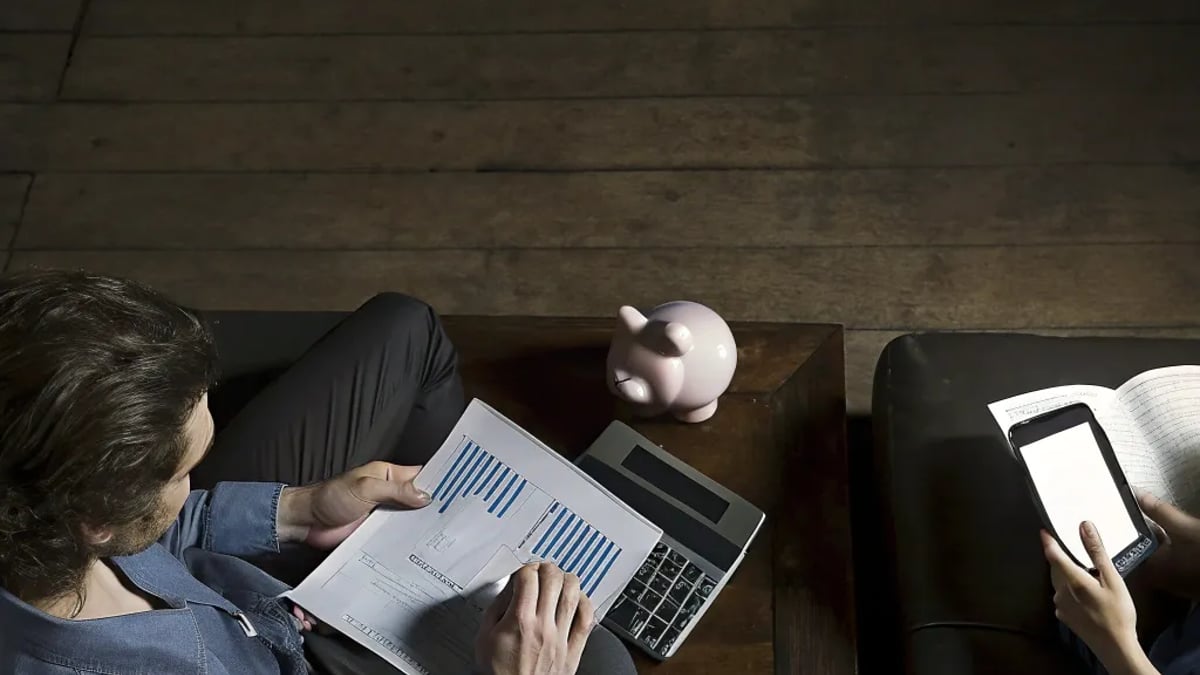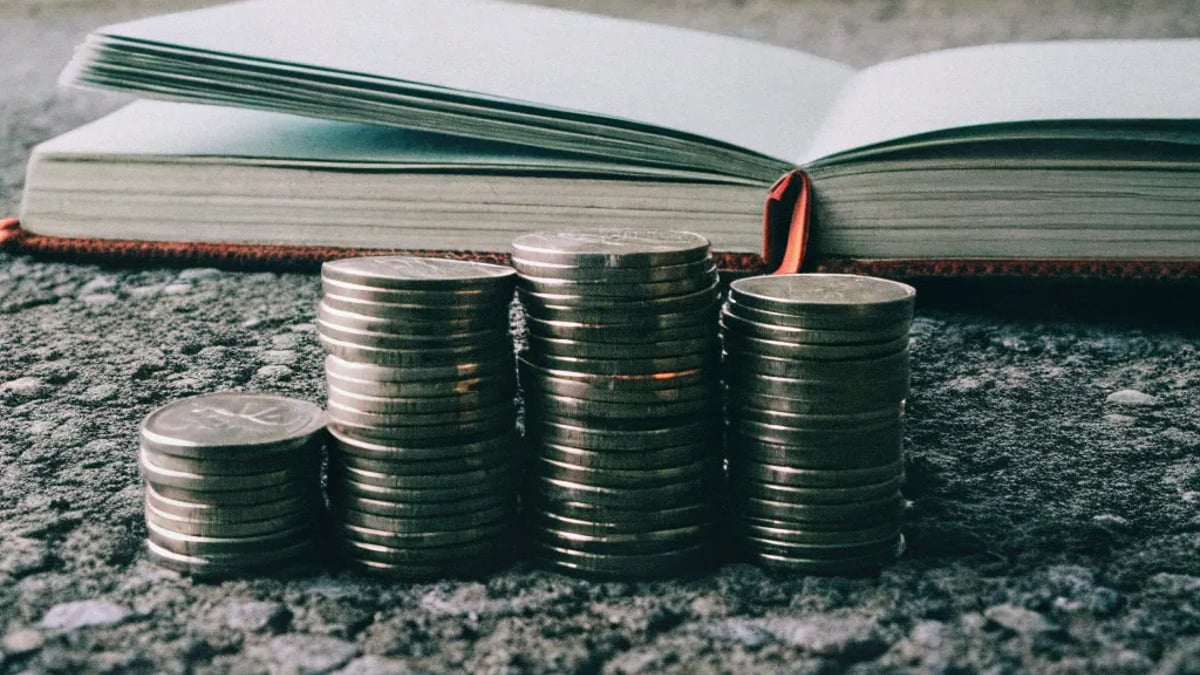
Your 20s mark the beginning of true financial independence for many – that first real job, those student loan statements arriving, and maybe even dreams of homeownership starting to form. It's an exciting decade, but also one where the financial decisions you make can echo throughout the rest of your life. I've seen friends make both brilliant and questionable money choices during this critical period, and the difference in their financial trajectories is already becoming apparent.
Why Your 20s Matter for Your Financial Future
When I turned 25, I realized I had been working for several years but had virtually nothing to show for it financially. Sound familiar? You're not alone. Many twenty-somethings find themselves living paycheck to paycheck despite decent incomes.
The financial habits you establish now create the foundation for your entire financial future. Thanks to the magic of compound interest (which we'll explore later), money saved and invested in your 20s can be exponentially more valuable than money saved in your 30s or 40s.
"The greatest shortcoming of the human race is our inability to understand the exponential function," said physicist Albert Einstein – and nowhere is this more relevant than in understanding how your money can grow over time.

The Cost of Delaying Financial Responsibility
Let's look at a simple example that shocked me when I first saw it:
If you invest $5,000 annually from age 25 to 35 (just 10 years) and then stop completely, you'll have more money at retirement than someone who starts investing $5,000 annually at age 35 and continues every year until age 65 (a full 30 years of investing)!
This assumes an 8% average annual return, which is reasonable for long-term stock market investments. The early investor puts in $50,000 total while the late starter contributes $150,000 – yet the early bird comes out ahead.
Creating Your First Real Budget
I struggled with budgeting for years until I found a system that actually worked for me. The key was simplicity – overly complicated budgets tend to be abandoned quickly.

The 50/30/20 Framework
One approach that works well for many beginners is the 50/30/20 budget:
- 50% for needs (rent, groceries, utilities, minimum debt payments)
- 30% for wants (dining out, entertainment, travel)
- 20% for savings and debt paydown (beyond minimums)
This isn't a perfect system – especially in high-cost cities where housing might eat up more than 50% of your income – but it provides a starting point you can adjust.
Practical Budgeting Tools
While fancy apps abound, sometimes the simplest solutions work best. A Reddit user created a straightforward budgeting spreadsheet specifically designed for beginners that includes:

- Monthly income tracking
- Expense categorization
- Savings rate calculations
- Daily pie charts showing where your money actually goes
I've found that visualizing spending patterns makes a huge difference in changing behavior. When I first tracked my expenses, I was stunned to discover I was spending over $300 monthly on takeout coffee and lunch – money that could have gone toward my student loans.
Tackling Student Loan Debt Strategically
For many twenty-somethings, student loans represent the biggest financial burden. The average graduate leaves school with around $30,000 in student loan debt, but many professional degree holders face six-figure balances.
Federal vs. Private Loans: Know the Difference
Your approach should differ based on the type of loans you have:
Federal student loans typically offer:
- Income-driven repayment options
- Potential loan forgiveness programs
- Deferment and forbearance options
- Fixed interest rates
Private student loans generally have:
- Fewer repayment flexibility options
- Variable interest rates (sometimes)
- Fewer protections if you face financial hardship
Repayment Strategies That Actually Work
When I graduated, I had a mix of federal and private loans totaling about $45,000. After researching options, I decided to:
- Make minimum payments on my federal loans (which had lower interest rates)
- Aggressively pay down my highest-interest private loans first
- Refinance my private loans to a lower interest rate after improving my credit score
This approach, often called the "avalanche method," saved me thousands in interest compared to other strategies. However, some people prefer the "snowball method" (paying off smallest balances first) for the psychological wins it provides.
Building Your Emergency Fund
Before aggressively investing or even paying extra on student loans, you need a financial cushion. Last year, my car's transmission failed unexpectedly – a $2,700 repair that would have been devastating without my emergency fund.
How Much Is Enough?
Financial experts typically recommend 3-6 months of essential expenses, but this isn't a one-size-fits-all rule:
- Job stability matters: Freelancers or those in volatile industries might need 6-12 months saved
- Family support: If you have family who could help in a crisis, you might need less
- Other debts: High-interest debt might take priority over building a massive emergency fund
Start with a mini-emergency fund of $1,000, then work toward a full fund while balancing other financial priorities.
Where to Keep Your Emergency Money
Your emergency fund should be:
- Easily accessible (liquid)
- Not subject to market volatility
- Earning at least some interest
High-yield savings accounts at online banks currently offer around 4-5% APY (as of early 2024), making them ideal for emergency funds. Traditional brick-and-mortar banks typically offer much lower rates, often below 0.5%.
Retirement Savings: Starting When It Seems Impossible
When I got my first "real" job at 23, retirement seemed impossibly distant. Contributing to my 401(k) felt like throwing money into a black hole when I had immediate needs. That was a mistake I later regretted.
The Magical Math of Starting Early
Let's look at the numbers:
If you invest $300 monthly from age 25 to 65 (40 years) with an 8% average annual return, you'll have about $1,007,212 at retirement.
If you wait until 35 to start the same $300 monthly investment, you'll have only $440,445 at age 65.
The difference? Starting just 10 years earlier nearly triples your retirement savings, even though you only contributed about 33% more money.
Taking Advantage of Employer Matches
If your employer offers a 401(k) match, not taking full advantage is literally leaving free money on the table. A typical match might be 50% of your contributions up to 6% of your salary.
On a $50,000 salary, that's up to $1,500 in free money annually. Over 40 years at 8% growth, that "free" $1,500 annual contribution alone would grow to over $500,000!
How to Start Investing with Limited Knowledge and Money
Investing seemed intimidating when I first started. The financial jargon, endless options, and fear of making mistakes kept me from starting for too long.
Simple Investment Strategies for Beginners
The simplest approach that works for most beginners:
- Contribute to tax-advantaged accounts first (401(k), IRA, Roth IRA)
- Choose a target-date fund matching your expected retirement year
- Automate contributions so you never see the money in your checking account
Target-date funds automatically adjust your asset allocation (stocks vs. bonds) as you age, becoming more conservative as you approach retirement. They're designed to be a complete solution for people who don't want to manage individual investments.
Common Investing Mistakes to Avoid
In my early investing days, I made several classic beginner mistakes:
- Trying to time the market: Research consistently shows even professionals can't reliably predict market movements.
- Checking account balances too frequently: This leads to emotional decisions during market downturns.
- Picking individual stocks without research: I bought stocks based on products I liked rather than fundamental analysis.
- Ignoring fees: Even small percentage differences in expense ratios can significantly impact long-term returns.
How Do I Handle Credit Cards Responsibly?
Credit cards can be either powerful financial tools or devastating debt traps, depending on how you use them. When I first got a credit card at 21, I quickly racked up $3,000 in debt buying things I couldn't actually afford. It took me over a year to pay it off.
Building Credit Without Building Debt
The responsible approach to credit cards:
- Use them like debit cards – only charge what you can pay in full each month
- Set up automatic payments for at least the minimum due to avoid late fees
- Keep utilization below 30% of your available credit
- Choose cards with benefits that match your spending (cash back on groceries, travel points, etc.)
A good credit score can save you thousands on future car loans, mortgages, and even apartment rentals. The effort to build good credit in your 20s pays significant dividends later.
Warning Signs You're Developing Credit Problems
Watch for these red flags:
- Making only minimum payments
- Using one card to pay another
- Being unsure of your total credit card debt
- Feeling anxiety when checking your credit card statements
If you're experiencing any of these, it's time to reevaluate your relationship with credit.
Managing Lifestyle Inflation as Your Income Grows
One of the biggest financial challenges in your 20s is resisting the temptation to increase your spending proportionally (or worse, more than proportionally) as your income rises. When I received my first significant raise, I immediately upgraded my apartment, bought a newer car, and started eating out more frequently – effectively eliminating the financial benefit of the raise.
The "Pay Yourself First" Strategy
A better approach is to "pay yourself first" whenever your income increases:
- Immediately increase your retirement contributions
- Boost your automated savings
- Accelerate debt payments
- Then allow yourself some lifestyle upgrades with the remainder
By automatically directing a portion of every raise toward your financial goals before you can spend it, you make progress without feeling deprived.
How Do I Balance Enjoying My 20s With Financial Responsibility?
This question represents the central tension many twenty-somethings feel. You want to enjoy your youth, travel, have experiences – but also set yourself up for financial success.
The key is intentionality. Rather than mindlessly spending, be deliberate about what truly brings you joy.
Prioritizing Experiences Over Things
Research consistently shows experiences provide more lasting happiness than material possessions. My friend Mike chose to drive an older car throughout his 20s but prioritized international travel. Ten years later, he doesn't miss the nicer car he could have had, but still treasures his travel memories.
Consider creating separate savings accounts for specific experiences – a "travel fund" or "concert fund" that you contribute to regularly. This allows you to enjoy life while maintaining financial discipline.
Finding Free and Low-Cost Alternatives
Some of my best memories from my 20s cost very little:
- Hiking and exploring local parks
- Community events and free concerts
- Game nights with friends
- Learning new skills through library resources and free online courses
The key is being creative and intentional rather than defaulting to expensive entertainment options.
Creating Financial Habits That Last
Ultimately, financial success isn't about knowing complex investment strategies or finding "get rich quick" schemes – it's about consistent habits maintained over time.
Automation: Your Secret Weapon
The most powerful financial tool I've discovered is automation. When money moves automatically to savings, investments, and bill payments before you can spend it, good financial habits become effortless.
Set up:
- Direct deposit splits to send portions of your paycheck to different accounts
- Automatic transfers to savings on payday
- Automatic investment contributions
- Automatic bill payments
Regular Financial Check-Ins
Schedule a monthly "money date" with yourself to:
- Review your spending against your budget
- Check progress toward financial goals
- Make adjustments as needed
- Celebrate wins, no matter how small
These regular check-ins keep you accountable and help you course-correct before small issues become major problems.
Resources for Continued Financial Learning
Financial education is an ongoing journey. Some excellent resources specifically for twenty-somethings include:
- Books: "Get a Financial Life: Personal Finance in Your 20s and 30s" by Beth Kobliner and "Your Money Life: Your 20s" by Peter Dunn are frequently recommended on Reddit's r/personalfinance community.
- Online communities: The r/personalfinance subreddit has a specific wiki section for 18-25 year olds with tailored advice.
- Podcasts: "How to Money" and "The Financial Confessions" offer accessible financial advice in an entertaining format.
- Apps: Budgeting tools like YNAB (You Need A Budget) or Mint can help visualize your finances and track progress toward goals.
Conclusion: Small Steps Lead to Big Results
Managing money in your 20s isn't about getting everything perfect immediately. It's about establishing sustainable habits and making incremental improvements that compound over time.
Start where you are. Use what you have. Do what you can. Every positive financial step, no matter how small, moves you closer to financial security and the freedom to design the life you want.
Disclaimer: This content is for informational purposes only and should not be considered financial advice. Financial situations vary widely, and you should consult with a qualified financial professional before making significant financial decisions.
Tags

About Elliot W. Ramsey the Author
Elliot W. Ramsey is a financial-literacy expert with over 15 years of experience empowering individuals to cultivate healthy financial habits and manage personal budgets. He is renowned for his ability to simplify complex financial concepts, making them accessible to audiences of all ages.
Recommended Articles
AI tool to research Home loans
Discover how AI tools are revolutionizing home loans, making it easier for buyers to find tailored mortgage options effortlessly.
Top Walking Routines for Seniors With AFib
Discover effective walking routines for seniors with AFib to improve health and wellbeing through gentle exercises tailored to individual fitness levels.
Returned Amazon Items: What Buyers Should Know
Navigate the complexities of returned items on Amazon. Learn about conditions, policies, and tips for savvy bargain shopping.
How to Find Walmart Recliner Chair Clearance Deals
Discover top tips for finding Walmart recliner chair clearance deals, maximizing savings while enjoying comfort and style in your home.
What Most People Get Wrong About Treating Dry Eyes
Explore common misconceptions about treating dry eyes. Get a comprehensive guide on effective strategies and debunk prevalent myths.




